Yosemite's Firefall - A Very Unique Waterfall
Every year in February Horsetail Falls becomes a Firefall. It only happens if three conditions line up.
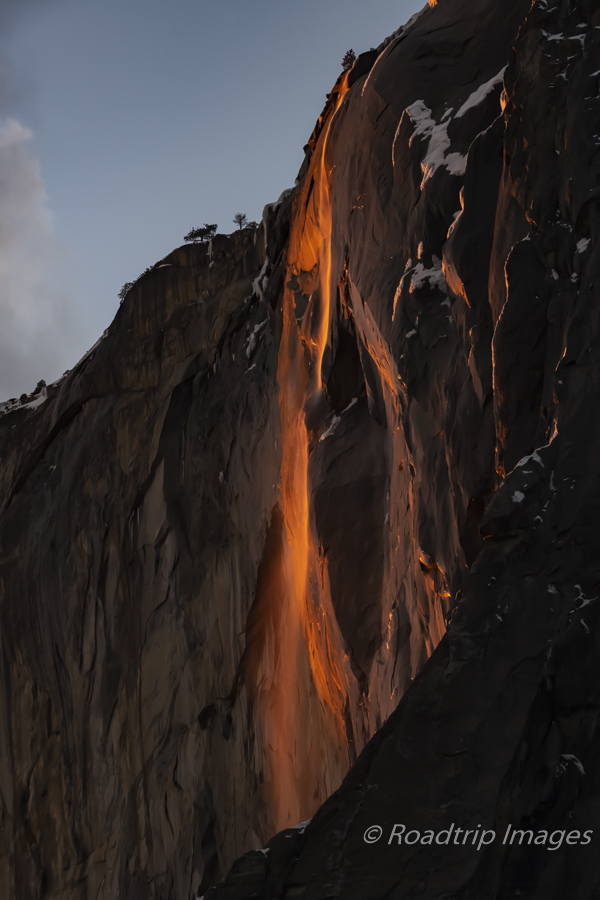
The Firefall
The annual Firefall in Yosemite is quite an event. The smallish Horsetail Falls on the side of El Capitan captures the attention of thousands of photographers. Most of the time you hardly know it’s there. But for two short weeks in February it lights up at sunset with a fiery glow. It gets side lit with the setting sun but only during those two weeks. The sun has to be at just the right angle to El Cap. The falls also needs to be flowing of course, which isn’t guaranteed, since the area on top of El Cap that it drains is pretty small. You need some recent rain or snow melt or the event doesn’t happen. The third component needed is a clear horizon at sunset for the sunlight to get through. If any one of those three items is missing, no firefall. There is another period in the Fall when the sun is again at the right angle. By then Horsetail Falls is dry and not flowing. February is the only time you get all three.
The photograph that made this event well known was taken by Galen Rowell back in 1973. I first saw it in his book, Mountain Light. Many other photographers have captured the scene since. I tried getting it 10-15 years ago when I was still shooting film with a medium format camera. It didn’t light up the night I was there however. At that time, it was still a relatively peaceful event with a few photographers gathering each year to try their luck. Fast forward to today and with the advent of Instagram, Facebook and other social media it’s turned into a crazy affair. Especially on weekends or even worse, a holiday weekend like President’s day. Literally thousands of people descend upon Yosemite to photograph the phenomenon. It’s become a bit of a problem for the Park Service to manage. Nonetheless, it’s worth going to see. Even if you don’t photograph it.
Making the Photograph
There are several vantage points that people use to shoot from. The most popular, and crowded, spot is the El Capitan Picnic area on Northside Drive. This is also the spot the NPS wants you to use. This year (2019) the NPS closed off all the turnouts and parking areas on Northside and Southside drive for three miles. Basically anywhere you might want to shoot from to see the Firefall. In prior years people were parking everywhere and caused some damage to the Park. The one parking area they wanted you to use was near Yosemite Lodge and then walk the 1.5 miles to the El Cap Picnic area. They also allowed parking further up on Northside Drive and then hike back 0.8 miles. A bit inconvenient but it did work and avoided some of the craziness from prior years.
Shooting from Southside Drive is another popular spot but parking is very limited. The NPS was handing out $280 fines for violations.
The Firefall event lasts about 10-20 minutes right at sunset. The duration depends on the clarity of the horizon. But to shoot from a favorable position requires getting there many hours before that. As I mentioned above, lot’s of people are there trying to get the same shot. You need to arrive early to claim a prime spot. We shot the Firefall four times this year and each time we arrived early in the afternoon and had our pick of spots. Many people arrive around 3:00 for a 5:30 sunset. By then a lot of the good spots are gone.
To shoot from the El Capitan Picinic area requires at least a 70-200mm lens on a full frame DSLR. You’ll be shooting close to 200mm if you want to isolate the falls itself. Shooting from further back or on Southside Drive will take more lens. I had two bodies going. One with a Nikkor 80-400mm zoom and the second with my Nikkor 70-200mm. The one with the 70-200 was pulled back into a wider shot to include more of El Capitan just for an alternative view.
The Firefall looks best if it is underexposed. I made 5 shot exposure brackets with both cameras to ensure I had the variety of images I may need later in post processing. Normally this would be a normal exposure and then -1 and -2 stop underexposures along with +1 and +2 on the overexposure side. I rarely need a +2 overexposure image so I shifted the series by -1 stop with exposure compensation. This resulted in -3, -2, -1, 0 and +1 EV for each sequence.
I used a remote shutter release on the D850 with the 80-400mm lens to make sure it didn’t get any motion blur. On the D810 with the 70-200mm I used a 2 second timer to accomplish the same result. I always used Live View mode to focus on the waterfall area itself.
Day 1
I mentioned that we shot the Firefall four times this year. The featured image above is day 4 and was one of the better ones we got. I’ve included the others below for comparison. The one below was day one and we were in a more acute angle to the falls. It’s an OK view but maybe not the best. It’s too bad too since this was the day it seemed that the falls were flowing the best. There were also some nice clouds around El Cap that lit up as well. Oh well, you can’t get ‘em all.
Nikon D850 with Nikkor 80-400mm at 195mm. f/11 at 1/30 of a second. ISO 64
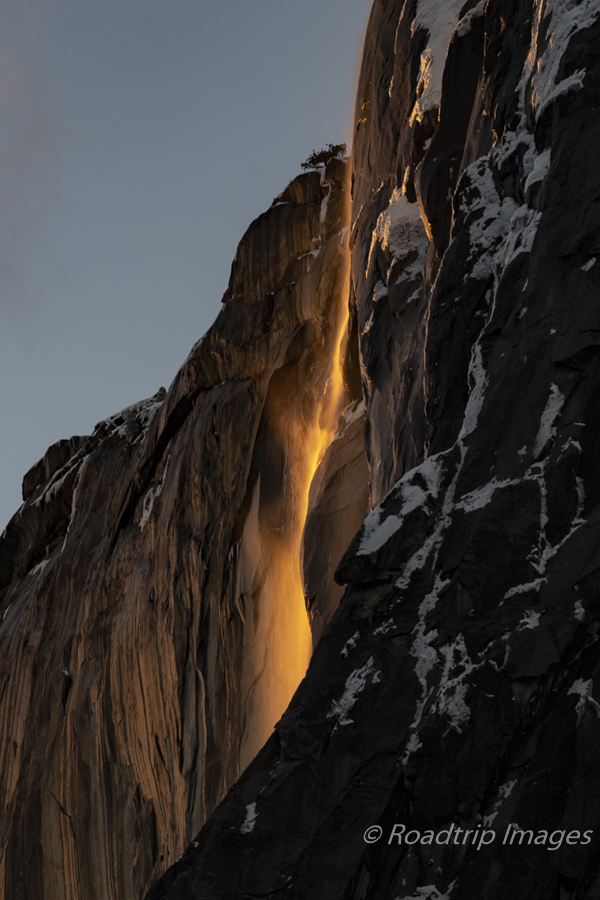
Day 2
The position we chose on day 2 turned out to be our favorite. We returned here for day 4. It’s a bit east of the parking lot back in the trees. There are several clearings where you can get a good view of the falls. Day 2 is shown below.
Nikon D850 with Nikkor 80-400mm at 165mm. f/11 at 1/30 of a second. ISO 64
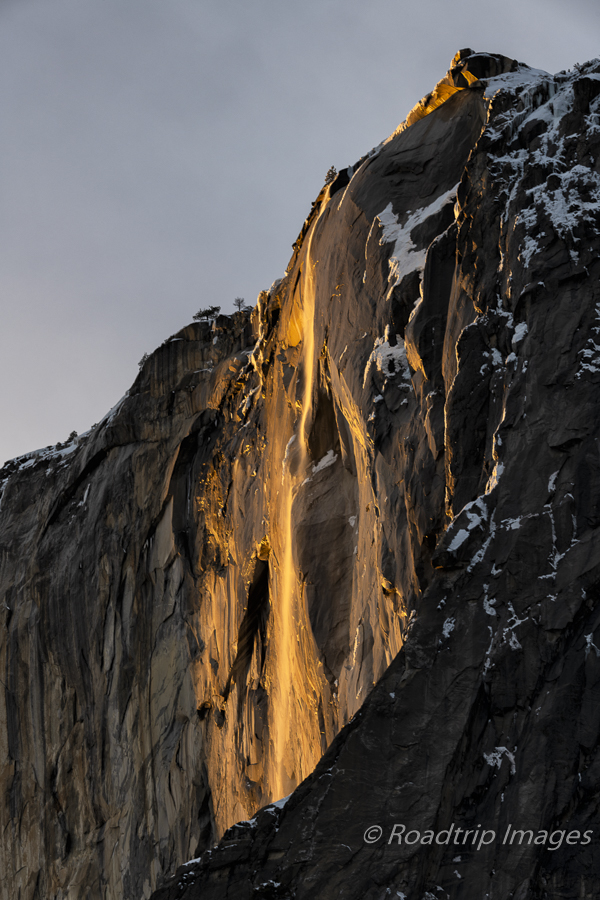
Day 3
On day three we decided to try a more front on angle and set up right in the picnic area itself. Just off the parking lot. Kind of opposite the angle from day 1. I think this one shows too much of the rock face. You need more of a side view of the falls to make them look their best. Day 3 is shown below.
Nikon D850 with Nikkor 80-400mm at 190mm. f/11 at 1/6 of a second. ISO 64
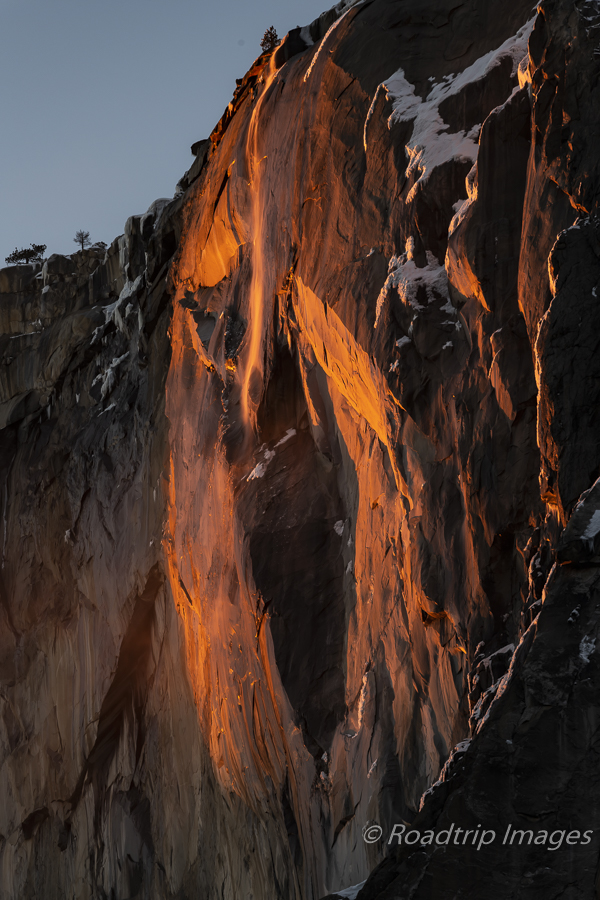
Final Thoughts
It’s a lot of standing around and waiting in order to photograph for 10-20 minutes. If that’s not something that works for you then maybe skip this one. But it’s an amazing scene when Horsetail lights up. It’s just incredible that these conditions line up to create such wonderful light. And that’s what photography is all about. Wonderful light.
As always, you can see higher resolution images on our Facebook page. Please give us a like while you’re there.
Nikon D850 with Nikkor 80-400mm at 200mm. f/11 at 1/20 of a second. ISO 64 for featured image at top.
This is our video of the Yosemite Firefall
Subscribe and Get Free E-Book!
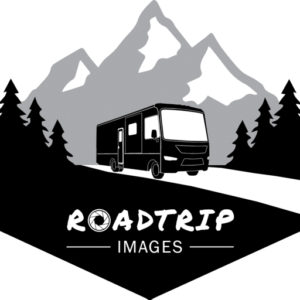
2 Comments
Leave a comment Cancel reply
This site uses Akismet to reduce spam. Learn how your comment data is processed.
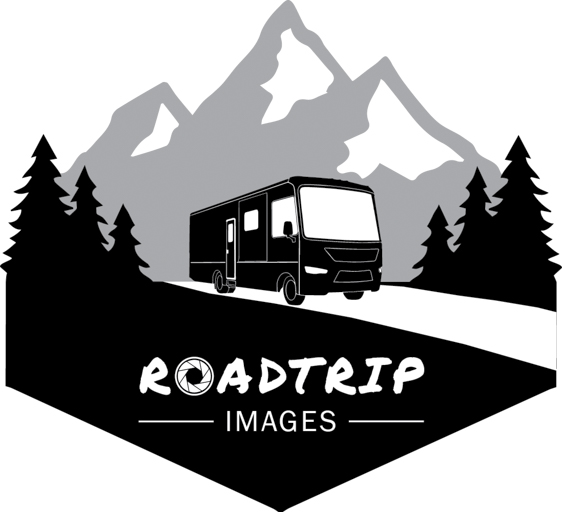
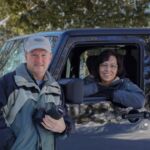

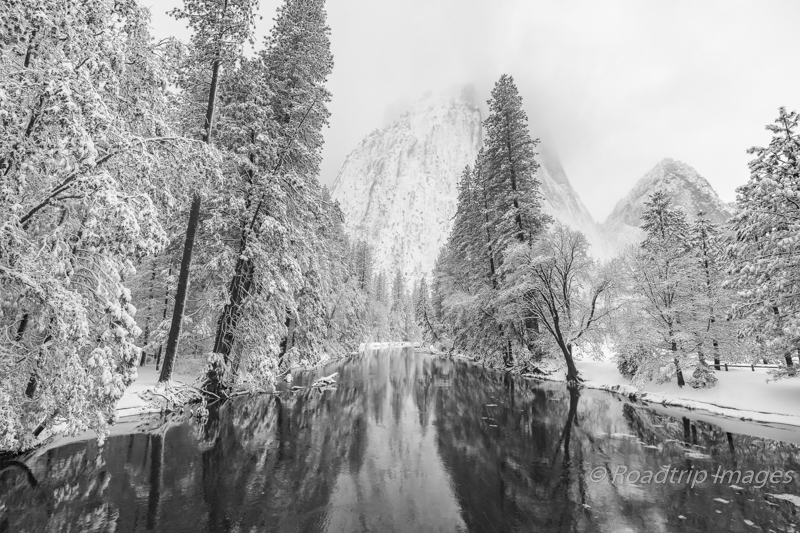
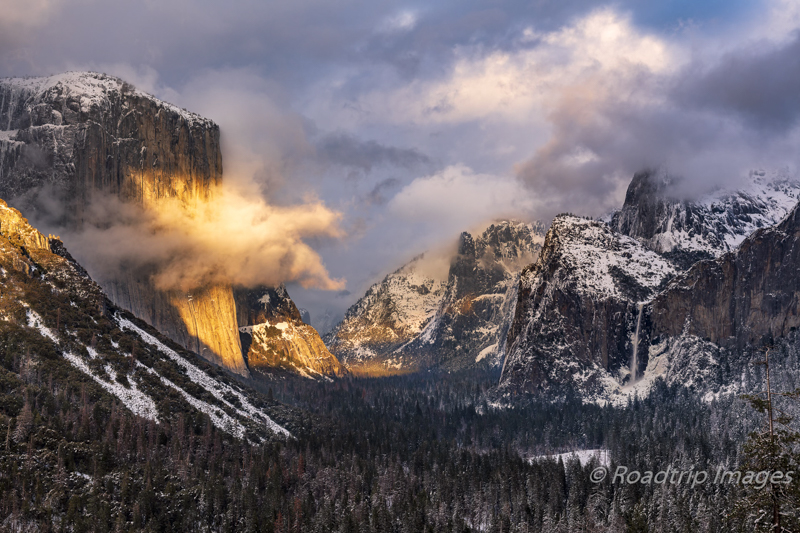
Nice. Thanks for the detailed summary on setup for the photos. You guys are truly dedicated to getting great pictures. I enjoyed the writeup.
Thanks Richard! Glad you enjoyed it.